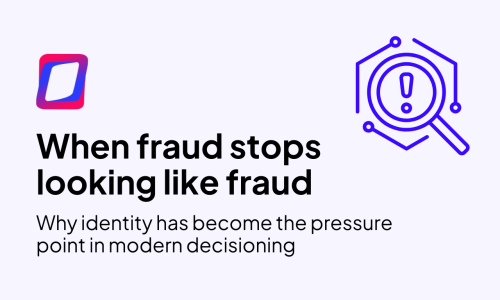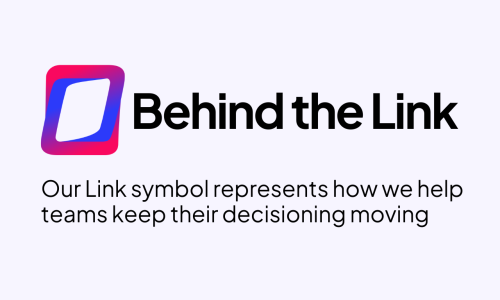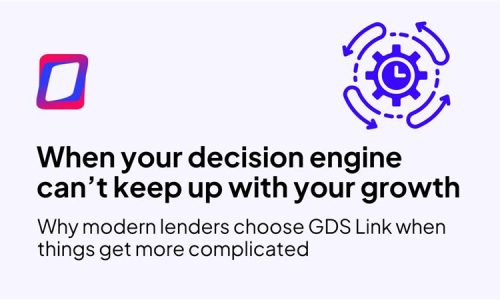Understanding and Addressing the Dual Challenges of Rising Credit Card Debt and Student Loan Repayments
The financial landscape is witnessing significant shifts, particularly in the realms of consumer debt and credit management. As highlighted in recent articles by Forbes and Equifax, two distinct yet interrelated trends are shaping this landscape: the unprecedented rise in credit card debt and the imminent resumption of student loan repayments.
The Escalating Credit Card Debt
In the current financial landscape of the United States, a significant and concerning trend has emerged: a record-high surge in credit card debt. The total consumer credit card debt has now surpassed the staggering $1 trillion mark, a clear indicator of the financial challenges consumers face today. This unprecedented rise in debt levels can be attributed to a confluence of factors such as inflation, rising interest rates, the cessation of pandemic-related stimulus checks, and a more cautious stance adopted by lenders in response to economic uncertainties.
Simultaneously, there has been a significant increase in credit card usage across various major spending categories since 2019. One of the most notable trends is the dramatic 107% increase in credit card spending at fuel stations, likely influenced by factors like the pent-up desire for travel after pandemic-related lockdowns and the patterns of state-to-state migration. This shift in spending extends beyond essentials, reflecting changes in consumer lifestyles and economic conditions.
Moreover, this period has seen a demographic shift in credit card usage. Younger generations, particularly Generation Z, are increasingly turning to credit cards, driven by factors such as restricted access to cash, rising living costs and stagnant salaries, and the impact of resumed student loan repayments. This trend points to a significant shift in financial behavior among younger consumers.
Adding to the complexity, credit card issuers have responded to the Federal Reserve’s interest rate hikes by increasing the annual percentage rates (APRs). This move, aimed at balancing the borrowing costs and the risks associated with growing numbers of delinquent payments, has made it more challenging for consumers to effectively pay down their principal balances, as a larger portion of their payments is now going toward interest.
In the business realm, this trend is mirrored among small-business owners, who are increasingly opting for credit cards over traditional loans due to high interest rates and banking instabilities. This shift towards credit card usage has led to an uptick in revolving debt among small businesses.
Finally, the pandemic’s lingering impact on consumer spending habits is evident, leading to an overall increase in credit card debt. Consumers are now more than ever required to be mindful of their spending habits, especially when it comes to decisions on whether to pay their credit card balances in full or carry a balance.
This landscape of escalating credit card debt highlights the need for strategic financial management and informed decision-making among consumers and businesses alike, pointing to a growing demand for comprehensive and adaptive financial solutions.
Student Loan Repayment Restart
As noted in a recent blog by GDS Link’s premier partner, Equifax, the financial landscape is bracing for significant changes, with the three-year pause on student loan repayment ending in October. This shift will see over 43 million borrowers recommencing payments on almost $1.5 trillion in federal student loan debt, an amount nearly rivaling the total outstanding auto loan debt in the U.S.
The resumption of student loan payments is anticipated to have far-reaching effects, not just on individual borrowers but across the entire lending ecosystem. A forecasted 17% increase in monthly debt commitments across all age groups, with an even steeper 24% jump for Gen Z, translates into an added financial burden of approximately $244 per month for the average borrower. This figure, for many, equates to a significant reduction in disposable income, akin to a 4% to 5% cut off the median household income. In some cases, the monthly commitment could soar as high as $503, marking a substantial cash outflow that borrowers have not had to consider in the recent past.
The impact of these resumed payments extends beyond those holding student loans. Businesses across various sectors, including telecommunications, insurance, and energy, are likely to feel the ripple effects. With a significant portion of their customer base comprising student loan borrowers, these industries must prepare for potential shifts in consumer spending and payment prioritization. The dilemma for many borrowers will be deciding which bills to pay first, often prioritizing essentials like auto or mortgage loans over student loans.
The risk of delinquencies looms large, with estimates that between 34% to 76% of borrowers might miss their first required federal student loan payment. This risk could stem from various reasons, ranging from insufficient funds to changes in personal contact information. Missing these payments could serve as an early indicator of future delinquency across all loan accounts, signaling a broader risk to the financial health of consumers.
Additionally, the situation is further complicated by the savviness of many consumers in tracking their credit scores. With the knowledge that delinquencies on student loan payments won’t impact their credit file until late 2024, some borrowers might opt to delay initial payments, deferring the immediate consequence but potentially exacerbating future financial difficulties.
As the months progress, this issue could snowball, resulting in significant negative impacts on credit scores for millions of consumers. For lenders, this means an increased likelihood of delinquencies across various types of loans, necessitating more effort in customer outreach and a heightened focus on collections prioritization. The landscape for new loan acquisition offers to prime and near-prime consumers is also likely to contract.
In this evolving scenario, lenders are encouraged to reassess their portfolios, considering factors such as the magnitude of student loan debts held by their customers, the proportion of student loan payments to income, and the overall impact of these debts on borrowers’ debt-to-income ratios. The ability to quickly respond to changes in customers’ financial situations, especially with the addition of student loans, will be crucial. Monitoring changes in credit behaviors and being aware of delinquencies for loans held by other lenders will also be key to navigating this shifting terrain.
The Interplay of Trends, Its Implications, and GDS Link’s Role
The convergence of these two trends represents a critical juncture for the financial sector. Lenders face a landscape where consumers juggle multiple debt types, increasing the risk of delinquencies and financial strain. This scenario necessitates a recalibrated approach to credit risk management, where understanding the interconnectedness of various debt forms becomes crucial.
In this complex scenario, GDS Link emerges not just as a solution provider but as a trusted leader in credit risk management. Leveraging sophisticated analytics and insights, GDS Link offers a suite of solutions tailored to these evolving challenges:
- Holistic Borrower Analysis: GDS Link’s tools provide a comprehensive view of a borrower’s financial obligations, including credit card debts and student loans. This holistic approach enables more accurate creditworthiness assessments.
- Proactive Delinquency Management: With predictive models, GDS Link helps lenders anticipate and mitigate delinquency risks, considering various economic indicators and borrower behavior patterns.
- Adaptive Lending Strategies: GDS Link supports the development of dynamic lending strategies that reflect the changing economic environment, guiding lenders in adjusting credit policies and underwriting standards.
- Effective Customer Engagement: As borrowers navigate these financial challenges, GDS Link aids in implementing impactful customer communication strategies, helping borrowers understand their options and responsibilities.
- Agile Market Response: GDS Link’s solutions offer the flexibility to swiftly adapt to market changes, ensuring lenders remain proactive in their risk management practices.
The intersection of rising credit card debt and student loan repayments poses a significant challenge for organizations across the entire financial spectrum. This scenario calls for an evolved approach to risk management, where the ability to understand and adapt to these trends is crucial. GDS Link stands as a pivotal partner in this journey, offering the expertise and tools necessary for lenders to navigate these complex challenges effectively. The goal is not just to mitigate risks but to foster a more resilient and informed financial ecosystem for both lenders and consumers.
Recent articles

When Fraud Stops Looking Like Fraud
Read article
Behind the Link
Read article





